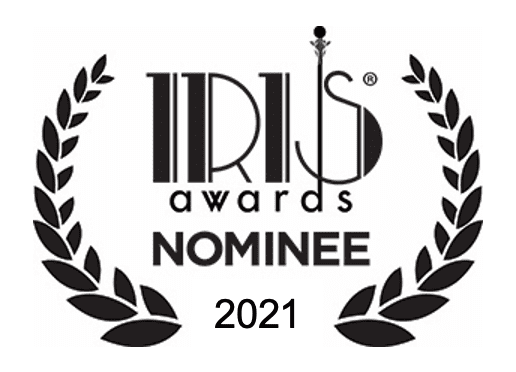— July 19, 2020 —
The long-awaited email from our local school district arrived the evening of July 13 with a generic subject line that underscored the importance of its content: “2020-2021 Return to Learn Plan.”
Ever since schools closed nationwide in March to help halt the spread of novel coronavirus, my wife and I—like millions of parents with school-age children—have wondered what “back to school” might look like this year.
I was disappointed, but not surprised, by the two options outlined by the superintendent of our district: in-person learning for half of the regular school days on an alternating schedule or fully online instruction. This is not what I envisioned four months ago when the rallying cry was “flatten the curve,” but since the White House seems to have given up on flattening anything except the hopes of Americans, this is where we find ourselves as a country: trying to turn lemons into lemonade.
“As the coronavirus continues to wreak havoc across the United States, some public K-12 schools may be able to reopen safely, but doing so will not be cheap,” Jessica Calarco, an associate professor of sociology at Indiana University, Bloomington, noted in a July 15 New York Times op-ed. “A recent report from the Council of Chief State School Officers estimated that public K-12 schools will need as much as $245 billion in additional funding to open with the recommended protocols in place from the Centers for Disease Control and Prevention. Yet with local and state budgets strapped, many schools are likely to fall short unless they receive considerable federal support.”
As Michael Douglas’s character observes in The American President: “We have serious problems to solve, and we need serious people to solve them.”
But instead of bolstering testing and contact tracing programs and supporting the back to school preparedness efforts of schools and child care centers, the White House is pushing for schools to fully reopen while much remains unknown about how efficiently the virus can spread between children and schools. This past week saw Education Secretary Betsy DeVos threatening to cut off funds to public schools that don’t fully open in the fall and White House press secretary Kayleigh McEnany declaring that “science should not stand in the way” of getting students back into classrooms.
via GIPHYThe absurdity of it all would be laughable if it wasn’t overshadowed by this sobering fact: more than 139,000 Americans have now died from COVID-19. As Michael Douglas’s character observes in
The American President: “We have serious problems to solve, and we need serious people to solve them.”
The people in the White House are not serious.
Applied science, public health protocols, and effective leadership from some of the nation’s governors and mayors appear to be the only things keeping the pandemic in the U.S. from getting even worse. And when it comes to science, a new study from South Korea suggests that schools will need critical support to protect the health of students and teachers in the weeks ahead.
The study found that while children younger than 10 spread the virus to others much less often than adults do, those between the ages of 10 and 19 can transmit the virus at least as well as adults. “The findings suggest that as schools reopen, communities will see clusters of infection take root that include children of all ages, several experts cautioned,” according to a New York Times report.
No place of human gathering is risk-free in this Age of Corona. But how much risk is acceptable for your child?
Given all of this, trying to figure out the best return-to-learn option for our soon-to-be first grader has been both frustrating and anxiety-inducing because it’s not just about our daughter’s education, but about protecting her health—and ours.
In Illinois, state public health guidelines for bringing students back to classrooms call for face coverings; social distancing “as much as possible”; symptom screening and temperature checks before entering school buildings; increased schoolwide cleaning and disinfecting; and limiting gatherings to less than 50 people.
I won’t rehash all the “What if?” questions that have raced through my mind based on hypothetical scenarios related to these guidelines. The reality is that even with limited in-person classroom instruction (Option #1), my daughter will be exposed to more people each day than I encounter all week as a remote worker. This is unsettling as the pandemic surges nationwide and Illinois has seen a mild uptick in coronavirus cases.
When schools closed in March, I hoped my daughter would be able to return to school full time and in person by August, with the caveat that the virus would be under control in our state and in the county where we live. Being physically present was important to me because she has an Individualized Education Plan that allows for classroom accommodations and extra support for her development as a student on the autism spectrum. Online only instruction is not ideal; my daughter benefits most from in-person teaching and interaction.
As we prepare for a new school year, it all comes down to this: No place of human gathering is risk-free in this Age of Corona. But how much risk is acceptable for your child?
“This is not going to be a school semester like any other that I’m aware of. Just be prepared for that fact,” Illinois governor J.B. Pritzker recently warned parents. “It’s just really going to be that way, no matter what. Even if we keep our numbers down, this virus has not gone away.”
And neither have my worries.
Father on,

1015 words


Leave a Reply